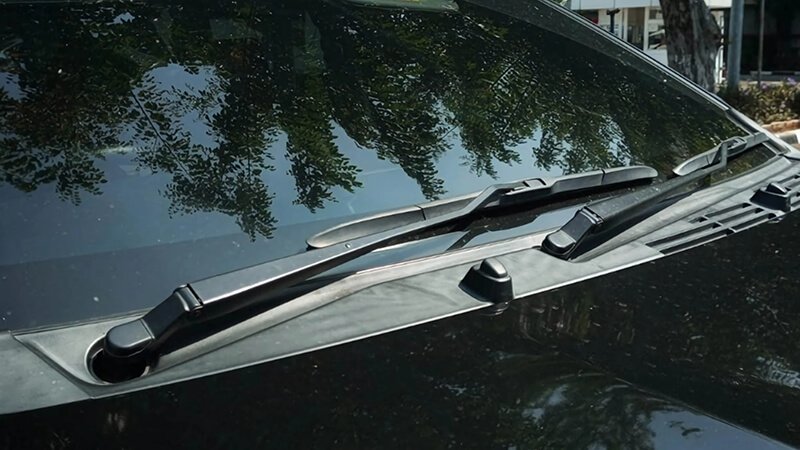Changing front brake pads sounds simple, but small mistakes can cause big problems—especially if the pads don’t fit right. Poor fit leads to wasted time, frustrated mechanics, and unhappy customers.
The easiest way to change your brake pads is by choosing ones that fit properly. OE-spec pads from reliable suppliers like Runex Auto can cut install time by 30%, save labor costs, and reduce complaints.
Even experienced garages waste time when parts don’t align. I’ve seen it happen. That’s why I always push for OE-fit brake pads. When they fit the first time, everything else is easier—less noise, less wear, fewer returns. If you’re serious about making brake service smooth, your parts need to work as hard as your team.
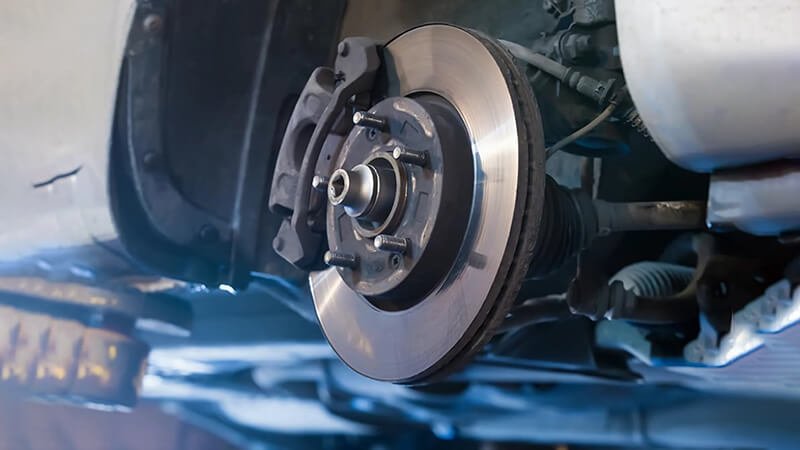
What happens if I only replace my front brake pads?
Some drivers only replace the front pads because those wear out faster. That works, but it’s not always the best long-term move—especially if the rears are already thinning. Uneven wear can affect braking balance and vehicle control.
Replacing only the front pads is okay in most cases, but it’s important to check the rear ones too. Uneven brake wear can affect handling, especially in sudden stops.
Why front pads wear faster
Most braking force is in the front—up to 70%. That’s why front pads wear quicker. But when you only replace the front, you might:
- Increase wear on rear pads
- Cause imbalance in braking
- Stress the front brake system more
What OE-spec pads can do
At Runex Auto, our brake pads1 are designed for consistent wear and optimal balance. The friction material matches OE specs2, so even if you replace just the front, you won’t end up with odd brake behavior. In fact, one UK client told us they noticed smoother braking immediately after switching to our pads—even before they changed the rear ones.
| Component | Front Brake Pads | Rear Brake Pads |
|---|---|---|
| Wear Rate | Faster | Slower |
| Replacement Cost | Higher | Lower |
| Replacement Need | 30,000–50,000 km | 50,000–70,000 km |
Don’t guess—inspect both ends. Replace the front if needed, but plan ahead for the rear to avoid uneven performance.
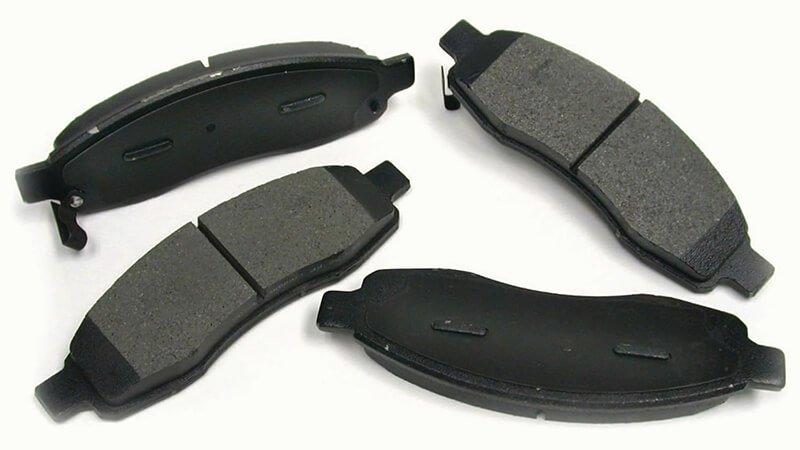
Do you need to bleed brakes when changing pads?
Many people think brake bleeding is a must during pad replacement. It isn’t always required—but in some cases, it’s critical for safety.
You don’t always need to bleed brakes when changing pads. But if air enters the system, or fluid is old, bleeding becomes essential for safe, responsive braking.
When bleeding is necessary
You should bleed brakes3 if:
- You accidentally open the brake lines
- The brake fluid is dirty or more than 2 years old
- The brake pedal feels spongy after installation
But with high-quality pads—like Runex Auto’s—you often avoid these issues. Our OE-fit design reduces the need to open lines or force calipers awkwardly. That means fewer air bubbles and cleaner installs.
What garages experience with poor-fit pads
A client in Leeds told me their mechanics often bled brakes after every pad job. Why? Their previous pads didn’t align well, so they had to force calipers open, increasing air exposure. After switching to Runex OE-spec pads4, they only bled fluid when it was old—not during every replacement. Less mess, faster jobs.
| Condition | Need to Bleed? |
|---|---|
| Normal pad replacement, no leaks | No |
| Fluid more than 2 years old | Yes |
| Brake pedal feels soft | Yes |
| Lines opened during install | Yes |
Don’t waste time bleeding unnecessarily. Use pads that install clean and keep the system sealed.
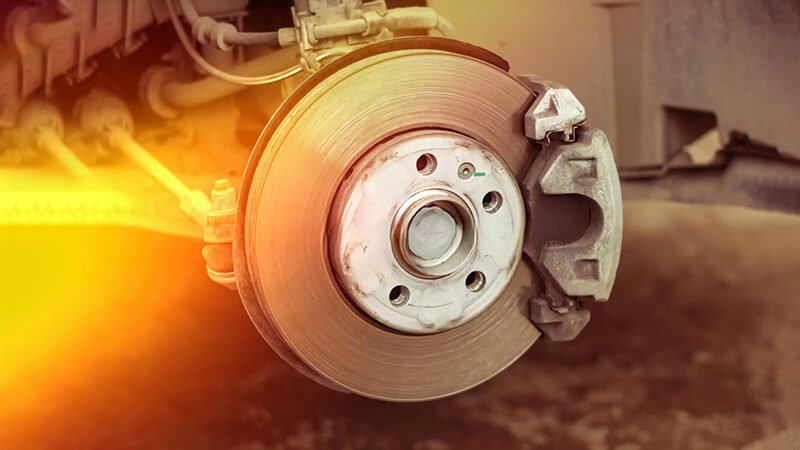
How expensive is it to replace brake pads?
Costs vary a lot depending on the vehicle, region, and brand. But one thing’s for sure: cheap pads often come with hidden costs—more labor, more complaints, and more returns.
Brake pad replacement costs can range from $100 to $300 per axle, depending on labor and parts. Using OE-spec pads like Runex reduces labor time and long-term risks.
Real cost = price + labor + risk
Here’s a quick breakdown:
| Item | Low-End Pads | Runex OE-Spec Pads5 |
|---|---|---|
| Pad Cost (per axle) | $25–$40 | $45–$65 |
| Labor Time | 1.5–2.0 hours | 0.8–1.2 hours |
| Return Rate | High | Very Low |
Let’s say your garage rate is £80/hour. Saving 30 minutes per job means £40 in savings—far more than the price difference in pad cost.
What our customers say
One of our distributors in Manchester said this: “We used to buy cheaper pads to save upfront. But returns were killing us—noise issues, poor fit, rotor damage. Since switching to Runex pads, labor costs6 dropped, and returns became rare. Mechanics love them. So do our customers.”
Pads are not just parts—they’re a service experience. Pay more for the right pads, save more in the long run.

How often should front brake pads be replaced?
This is one of the most common questions we get. There’s no one-size-fits-all answer, but there are clear warning signs—and mileage rules you can follow.
Most front brake pads should be replaced every 30,000 to 50,000 kilometers. But driving habits, vehicle type, and pad quality can shift this window.
What affects pad life?
- Driving style7: Hard braking wears faster
- Traffic conditions: Stop-and-go = more wear
- Pad quality8: OE-spec materials last longer
- Vehicle weight: Heavier cars stress brakes more
Runex pads are made with high-friction, low-dust ceramic compounds. They wear evenly and last longer under urban and highway driving. Here’s a general guide:
| Driving Type | Replacement Interval |
|---|---|
| Urban (heavy traffic) | 25,000–35,000 km |
| Mixed (city + highway) | 35,000–50,000 km |
| Mostly highway | 50,000–70,000 km |
What happens if you wait too long?
You risk:
- Rotor damage
- Longer stopping distance
- Noise and vibration
- Higher repair costs
Don’t wait for the squeal. Check pads every 10,000 km and plan replacements ahead. OE-fit pads like ours come with wear indicators and stable performance over their life span—so your braking stays smooth from day one to day 50,000.
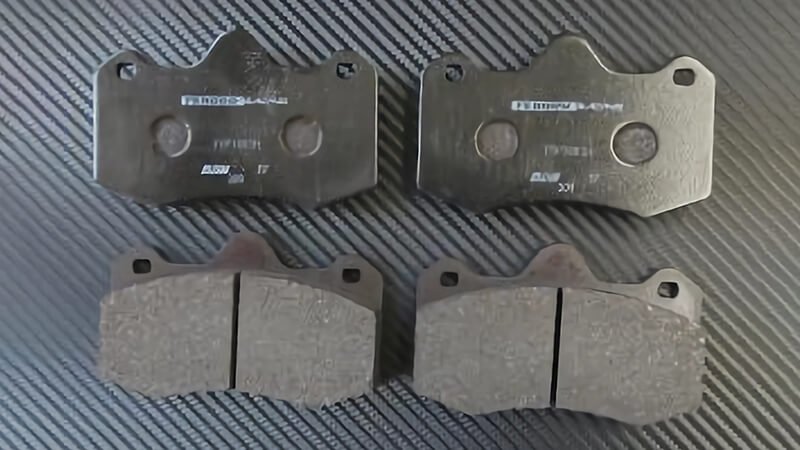
Conclusion
Changing front brake pads9 doesn’t have to be hard. The real challenge is choosing the right part. Pads that don’t fit waste time and money. At Runex Auto, we’ve helped garages across Europe cut install times, reduce returns, and deliver smoother braking—all by switching to our OE-spec pads. If you want fewer complaints, faster jobs, and safer stops, don’t settle for cheap. Choose smart. Choose Runex.
-
Discover how Runex Auto's brake pads ensure consistent wear and balance, offering smoother braking and preventing uneven performance. ↩
-
Learn about OE specs to ensure you're choosing the right parts for your vehicle's optimal performance. ↩
-
Learn about the significance of bleeding brakes and how it affects vehicle safety and performance. ↩
-
Discover how Runex OE-spec pads can enhance brake performance and reduce maintenance needs. ↩
-
Discover why Runex OE-Spec Pads are favored for their reliability and performance, leading to fewer returns and happier customers. ↩
-
Explore strategies to effectively reduce labor costs, enhancing your service efficiency and profitability. ↩
-
Understanding how driving style affects brake pad wear can help you adjust your habits for longer-lasting brakes. ↩
-
Exploring pad quality can guide you in choosing the best materials for safety and performance. ↩
-
Finding the best auto brake pads from Runex. ↩








